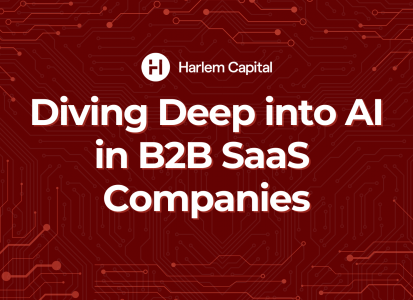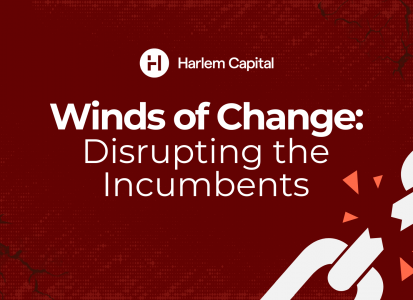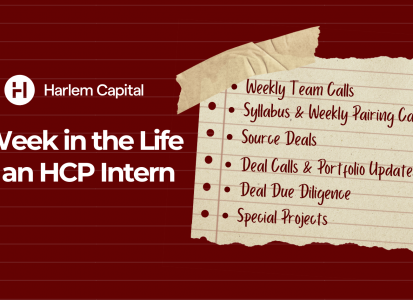Lifting the Diverse Investor Veil: Perspectives for Founders (Pt 1)
by Harlem Capital
Last year, Harlem Capital released the Power 200: Black & Latinx Venture Capitalists You Should Knowreport highlighting Black and Latinx investors. The sample included 160 Black and 40 Latinx VCs, of which 122 are men and 78 are women, who work across 161 funds that have raised more than $50bn. Our main objective was to provide insight into the landscape of this underrepresented talent, for both venture capitalists and founders of color.
In this two-part series, we pull back the curtain on four of these investors, focused on General Partners, to take a deeper look at their personal experiences in VC and their perspectives on the challenges facing both minority founders and investors alike. Part One of the series focuses on themes and advice relevant to the perspective of minority and female founders.
…On what VCs are looking for

Richard Kerby, Co-Founder and General Partner at Equal Ventures, focuses on the team and the business model when vetting companies for his seed stage fund.
“The first thing I look for is founder-market fit. When I am looking at a team, the big question I ask myself is where did the founder’s passion for starting this business come from? And it’s usually from one of two sources: The first is that they worked in that industry for a long time. They know it in and out and better than most who are starting companies in that space. Their passion comes from their career in industry. The second passion area is someone who has experienced something personal in their life that has inspired them to start a company. Having passion is super important because whether you’re raising a fund or raising a round, you’re going to come across challenges and if you don’t have that passion it’s going to be difficult to overcome those roadblocks and achieve that great outcome.”
“I also really like founders that know their markets super intimately and can think logically through the questions that we’re asking and have a clear hypothesis on what they want to prove. For example, as a seed stage fund we look for companies that can use the capital we’ve invested to demonstrate product market fit in the following 12–18 months. Something that really captures my eye in pitch meetings is when the founder has a clear vision of what they need to prove to raise that series A and what milestones and metrics they need to hit.”
“The big question I ask myself is where did the founder’s passion for starting this business come from?”
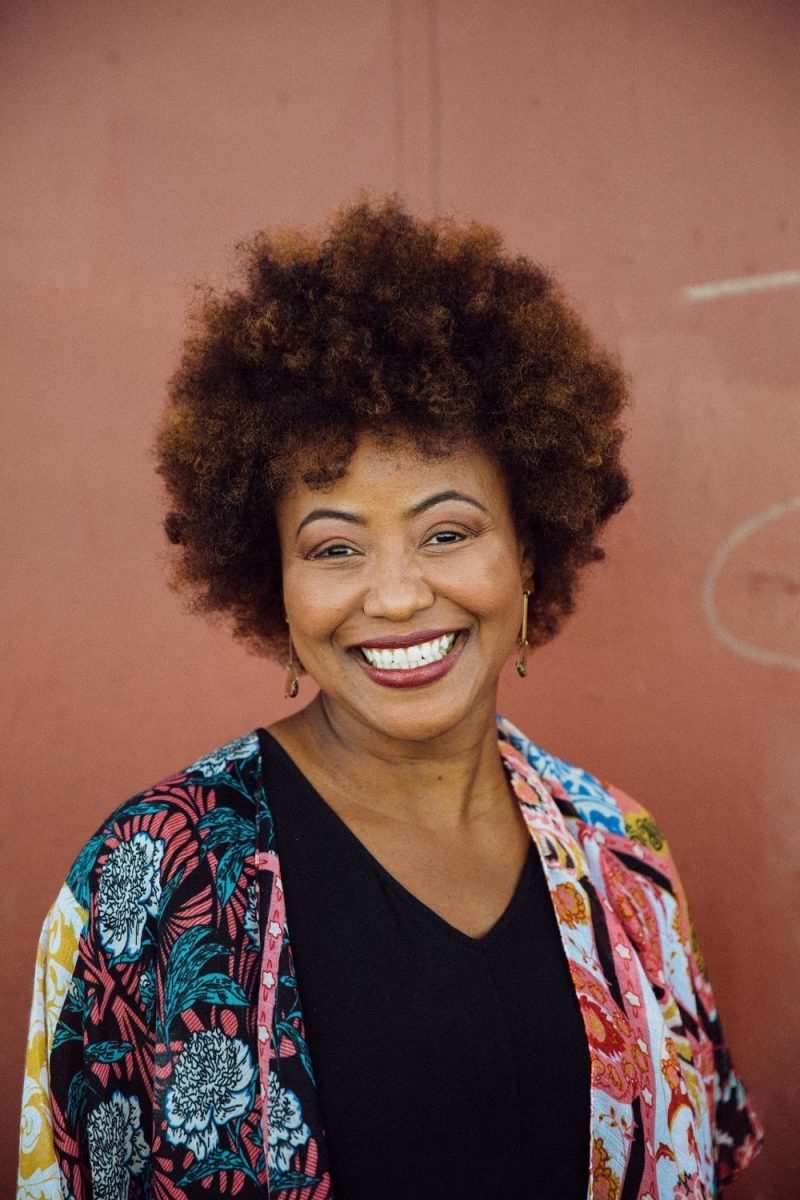
Kesha Cash, founder of Impact America, has a strong view of the type of founder she’s looking to invest in.As an impact fund, she is interested in funding people who are really changing the way businesses work.
“I look for founders who are “high growth minded” and evolving really quickly. For me it’s exciting to see the growth aspect of it and marrying that with care. For us it is not about growing at whatever cost, but how do we grow in a way that is responsible for all stakeholders — the investors, but also the people on the other side of the product — the users of the product, the beneficiaries of the product. How do you grow at a fast pace and create change, but do so in a way that cares for the people involved?”
“As an impact fund, I like to say we do twice the work of a traditional fund — The rigor of looking at the market opportunity, the management team, user base and all the metrics you would normally apply based on industry. First and foremost, we need to determine if something is a good business and investment opportunity. We ask ourselves, “Can we make our target returns on this investment?” Then, in addition to the quality of the investment opportunity, we have to have high confidence in the potential impact outcomes.”
“The challenge, beauty, and fun of managing an impact investment fund like Impact America is that we analyze product-market-impact fit. How does the inherent “impact” within the company’s business model drive a competitive advantage for that company and how does that competitive advantage and those growth metrics support the scale of the impact?”
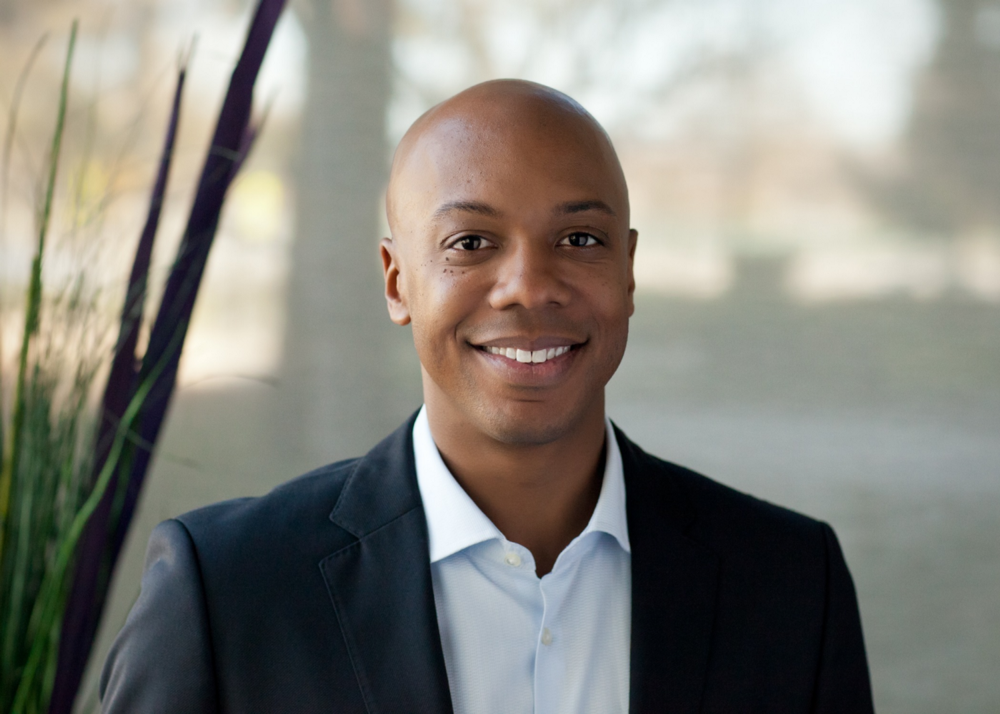
Charles Hudson, Managing Partner and Founder of Precursor Ventures, has been investing in startups in Silicon Valley and across the country for over 20 years. For him, the traits he’s looking for in a founder cannot be found in a slide deck.
“Most of the really great companies that I’ve invested in have had a really unique insight about the problem that they’re solving. You’ll hear people say ideas don’t matter, it’s all about execution. I don’t agree with that. Ideas are important. Execution can mean going really fast in the wrong direction.”
“On the other hand, an insightful approach to a problem is rare. At Precursor, we spend a lot of time discerning what a founder really understands about the nature of the problem that they’re solving. Is there something non obvious about their approach? And since we’re a pre-seed stage fund and the founders are essentially starting from scratch, is there something about that insight that is so sound and durable that will still be true by the time they launch the product?”
“Execution can mean going really fast in the wrong direction.”
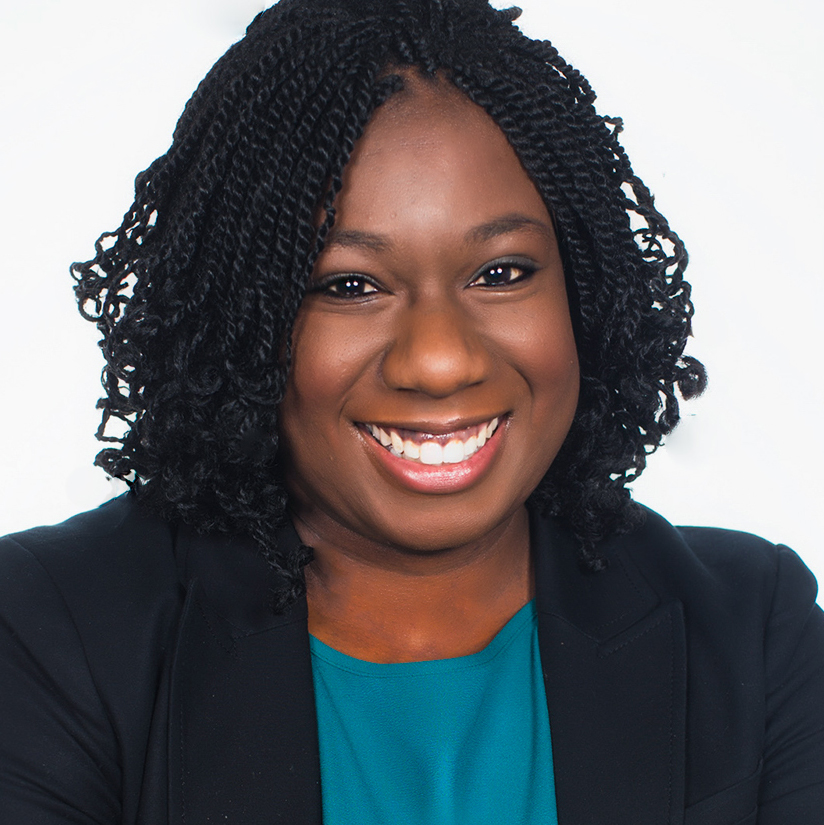
Shauntel Garvey, General Partner and Co-founder of Reach Capital, has a specific focus on education technology and looks for founders with a personal connection to the space.
“First and foremost, I look for an unfair advantage because I see dozens of pitches a week and something has to pique my interest to want to learn more. This could be an innovative and patented technology, an untapped market opportunity, a unique business model, or a stellar team.”
“I love to see founders that are solving for a pain point that they themselves have experienced firsthand. For example, maybe they were a former teacher who was looking to grade their papers more efficiently and created an app to do that. Or perhaps they are a parent that faced challenges finding childcare and want to help other parents better navigate the process.”
“As an edtech fund, we look for mission-driven teams that have a blend of technology, education, and business expertise that can be applied to building a massive global business at the intersection of education and technology. We also look for “scrappy” teams that make the most of limited resources and take advantage of every opportunity to learn more about their target customer and market.”
…On raising a “diverse” round
Hudson:
“Sometimes there is tension between getting capital from black, brown, female VCs and angels and signaling to the market that all investors, regardless of race or gender, should be interested. I don’t personally see this as a signaling risk, but I know some founders who do and this influences whose capital they want and who they go after. On the flip side, I also work with others founders who feel very strongly about having a diverse cap table with investors who look like them. I think diverse founders should have the same fundraising opportunities as everyone else. It shouldn’t be looked down upon if you decide to take money from mainstream, less diverse funds nor if you decide to raise only from funds that look like you.”
…On common founder mistakes
Garvey:
“I often tell founders they should do as much diligence on a potential investor as we do on them. It’s important to understand the type of funder you want to work with and the value-add they bring beyond a check. A common mistake I see is when a founder cannot articulate why they want to work with Reach specifically. I appreciate when founders acknowledge the unique challenges in edtech and are thoughtful about how we can partner together to overcome them to successfully grow the business.”
Cash:
“To the founder community, especially for first-time founders, I want to stress the importance of mastering capital planning and management as early as possible on their journey. We’re seeing how this can make or break a company, and founders who raise large rounds for the sake of raising money can fall into traps down the road. Some of the savviest entrepreneurs raise VC dollars, while also strategically leveraging other forms of dilutive and non-dilutive capital like grants, venture debt, and inventory lines of credit. Being clear-eyed about the constraints of venture capital and understanding your capital stack — including when to raise money, how much capital you need, what the funds will be used for, and which forms of capital could compliment venture capital — is more important than ever.”
Hudson:
“Venture land has two overlapping circles… What are the businesses that will make money and what do I as an investor find interesting? As a founder, you cannot pitch a Series B investment in a B2B to an investor who focuses on seed consumer companies. Why waste your time pitching low probability investors?”
“Another thing that I like to see that founders often fall short on is their ability to teach and boil down complex ideas. We invest across a range of things and more often than not I am not an expert on whatever a founder is pitching me. Most really good ideas are easy to explain… Even if they are difficult to execute.”
“One of the things I get most excited about is when a founder has deep insight and can explain something complicated in a way that I can understand it. They are able to share their vision of the world and make it make sense to me.”
“Most really good ideas are easy to explain… Even if they are difficult to execute.”
Kerby:
“During our diligence process we put a lot of weight on founder-market fit, but we also care a lot about founder-Equal VC fit. We tend to be a hands-on investor, often times taking board seats, and that’s not always what a founder wants. So if a founder wants a more passive investor, we probably won’t be a good fit.”
…On challenges faced by Black and Brown founders vs. Female founders
Garvey:
“The framing of the issue is part of the problem. We like to put people in buckets: black and brown founders vs. female founders- instead of taking a holistic approach to a lack of diversity in the industry. Gender is getting the majority of attention right now with new funds and nonprofits focused on increasing the amount of investment in female founders. At the same time, black and brown founders are struggling to raise capital at the earliest stages. As funds are becoming more institutionalized, black and brown founders have to rely more on connections to high-net-worth individuals who often don’t look like them. Yet, even with more support for female founders and more capital at the earliest stages for black and brown founders, if we ignore intersectionality, then women of color will continue to face the unique challenges that result in them receiving less than 1% of VC funding.”
Hudson:
“There’s a CS Lewis quote that goes, “Isn’t it funny how day by day nothing changes, but when you look back everything is different?” I feel like that’s what has happened with female founders. It’s not like we suddenly have way more qualified female founders than we did before. People realized that there were a bunch of barriers that the industry had put up that made connecting women with capital much more difficult.”
“I don’t buy the notion that suddenly we’re in this genesis moment of female founders — They’ve always been there! We, as an industry, just didn’t give them money.”
“What happened is you had 1) Enough successful female GPs decide to spend their social capital on fixing the issue and advocating for LPs to take an interest in the composition of the founding teams of the firms that they back 2) Successful female entrepreneurs becoming more outspoken about the challenges they faced and their desire to have more female investors on the cap table and 3) Solving the problem for women is statistically easier because there are more women and every partner at all-male, all-white VC firms know a woman. For a lot of these VCs, the idea of their mother, daughter, sister, friend having to deal with discrimination in the workplace is appalling and the thought that they are part of the problem feels very personal. Many of these same investors do not have close, personal relationships with black or brown people. It is very difficult to change discriminatory practices when they feel abstract. They don’t experience that visceral, gut reaction when they hear about the funding gap for black and brown entrepreneurs.”
“We don’t yet have that same constituency for black and brown founders at most venture firms and the mindset of “We’d fund them if we could find them” is still very pervasive. They are out there and we should fund them!”
A special thank you to the investors included in this article:
And a special thank you to Renee Motley, our Fall 2019 intern, for completing the interviews and write-up.
To stay up to date on Harlem Capital news, subscribe to our monthly newsletter.
Regards,
Harlem Capital Team
